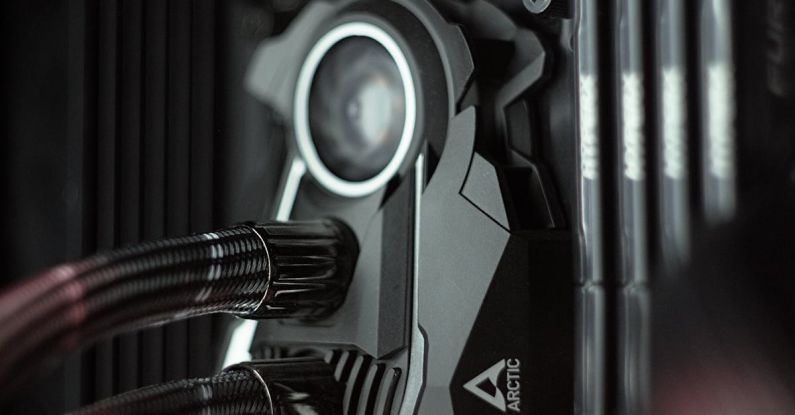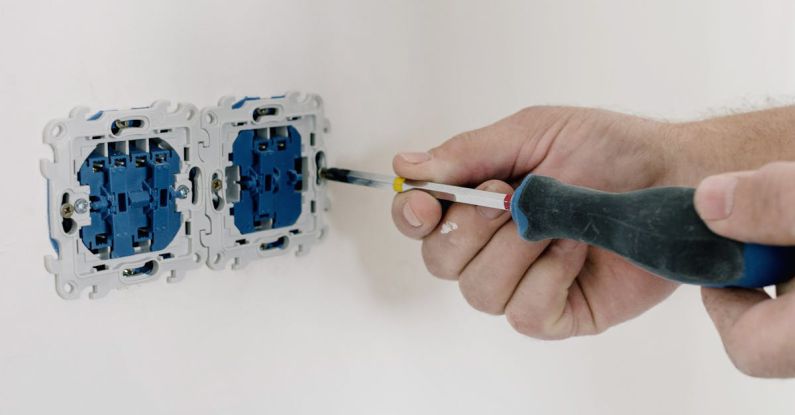
Dealing with a flat tire is an inevitable inconvenience that many drivers face at some point in their lives. While it can be frustrating, knowing how to fix a flat tire without professional help can save you time and money. With a few simple tools and some basic know-how, you can get back on the road in no time.
Identifying a Flat Tire
The first step in fixing a flat tire is identifying the problem. If you notice that your car is pulling to one side, hear a flapping sound, or feel a vibration in the steering wheel, chances are you have a flat tire. Pull over to a safe location away from traffic and turn on your hazard lights.
Gather Your Tools
Before you begin fixing the flat tire, make sure you have all the necessary tools. You will need a jack, a lug wrench, a spare tire, and a flashlight if you are changing the tire at night. It’s also a good idea to have a pair of gloves to protect your hands.
Removing the Flat Tire
Start by loosening the lug nuts on the flat tire with the lug wrench. You may need to use some force, as lug nuts can be tight. Once the lug nuts are loose, place the jack under the car in the designated lifting point and raise the car until the flat tire is off the ground. Remove the lug nuts completely and take off the flat tire.
Installing the Spare Tire
Place the spare tire onto the wheel studs and screw on the lug nuts by hand. Tighten the lug nuts as much as possible in a star pattern to ensure even pressure. Lower the car back down with the jack and remove it from under the car. Finish tightening the lug nuts with the lug wrench.
Checking the Tire Pressure
After installing the spare tire, it’s essential to check the tire pressure. Make sure the spare tire is inflated to the recommended pressure, which can usually be found on a sticker inside the driver’s side door jamb or in the owner’s manual. Driving on an underinflated spare tire can be dangerous and cause further damage to your vehicle.
Test Driving
Before you resume your journey, take a short test drive to ensure the spare tire is properly installed and secure. Pay attention to any unusual noises or vibrations that could indicate a problem with the tire. If everything looks and feels good, you can continue driving cautiously to the nearest service station to have the flat tire repaired or replaced.
Conclusion: Being Prepared for the Unexpected
Fixing a flat tire without professional help is a valuable skill that every driver should have. By following these simple steps and being prepared with the right tools, you can handle this common roadside emergency with confidence. Remember to always drive cautiously on a spare tire and have your flat tire repaired or replaced as soon as possible. With a little know-how and a willingness to get your hands dirty, you can get back on the road in no time.





